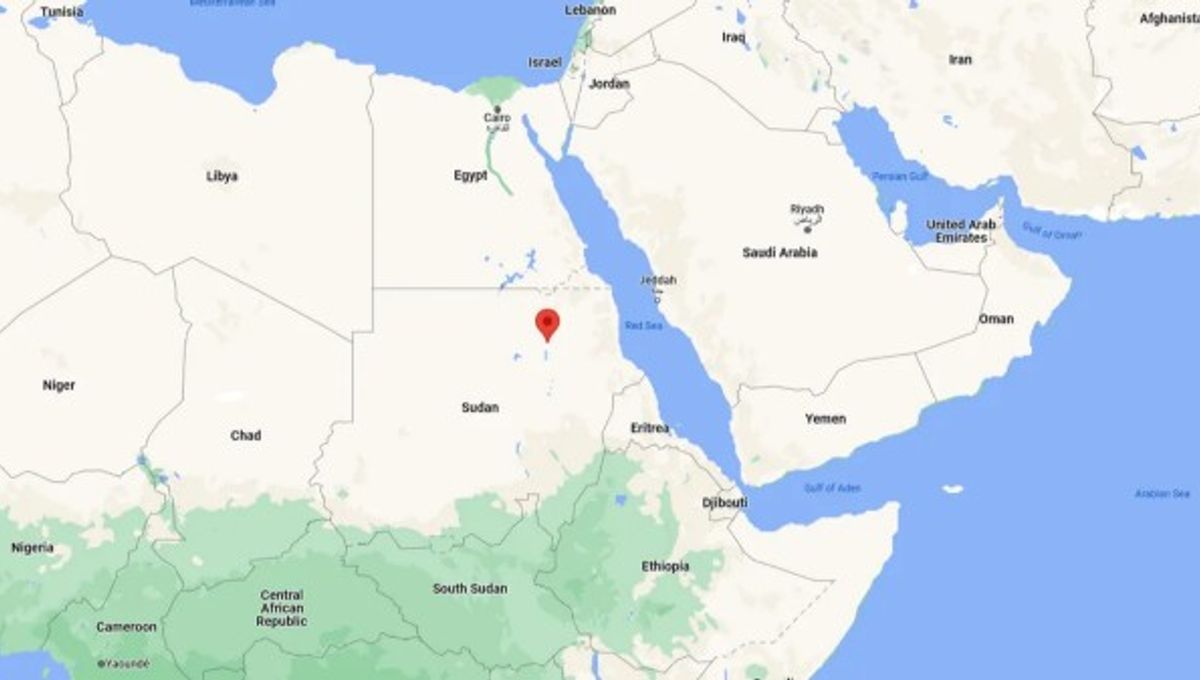
Almost all of us, if we go back far enough in our family trees, come from somewhere else. Maybe it was your mom or dad; maybe it was a distant ancestor who lived more than twelve thousand years ago, but eventually, you’re going to find someone, at some point, who left their homeland in search of a better life.
Unless, that is, you happen to live here. It’s a spot of desert in the north-east of Sudan, not far from the Nile river, and according to an ambitious new analysis by researchers at the University of Oxford’s Big Data Institute, it may be the ancestral home of everybody alive today.
“Essentially, we are reconstructing the genomes of our ancestors and using them to form a vast network of relationships,” explained Dr Anthony Wilder Wohns, lead author of the study published today in the journal Science.
“We can then estimate when and where these ancestors lived,” said Wohns.
We’re likely all familiar with the idea of tracing family trees using DNA and genomics analysis these days – not only are they a commercially-available relationship ender, but they’ve also been used to solve quite a few murders in the past few years.
But for some researchers, the dream has always been to take it global.
“We have basically built a huge family tree, a genealogy for all of humanity,” said evolutionary geneticist and principal author Dr Yan Wong. “This genealogy allows us to see how every person’s genetic sequence relates to every other, along all the points of the genome.”
“Huge” is right: using data from eight different human genome databases, the researchers were able to create a network of almost 27 million ancestors. Samples came not just from modern humans, but also ancient people who lived across the world between thousands and hundreds of thousands of years ago.
Cutting-edge algorithms were employed to scan the data for patterns of genetic variation and predict where common ancestors would occur in the “family tree” to account for them.
“[The study] models as exactly as we can the history that generated all the genetic variation we find in humans today,” Wong explained.
What results is a fascinating visual representation of the movement and migration of humanity throughout history. But the researchers aren’t done yet: as more data becomes available, they intend to continue adding to and improving the genealogical map – and thanks to the efficiency of their methods, they still have space for millions of extra genome samples.
”This study is laying the groundwork for the next generation of DNA sequencing,” said Wong. “As the quality of genome sequences from modern and ancient DNA samples improves, the trees will become even more accurate and we will eventually be able to generate a single, unified map that explains the descent of all the human genetic variation we see today.”
And if that isn’t ambitious enough for you, Wohns thinks the team can go even further.
“While humans are the focus of this study, the method is valid for most living things; from orangutans to bacteria,” he said. “It could be particularly beneficial in medical genetics, in separating out true associations between genetic regions and diseases from spurious connections arising from our shared ancestral history.”
A version of this article first appeared in February 2022.
Source Link: Largest Ever Family Tree Reveals Origins Of All Humanity